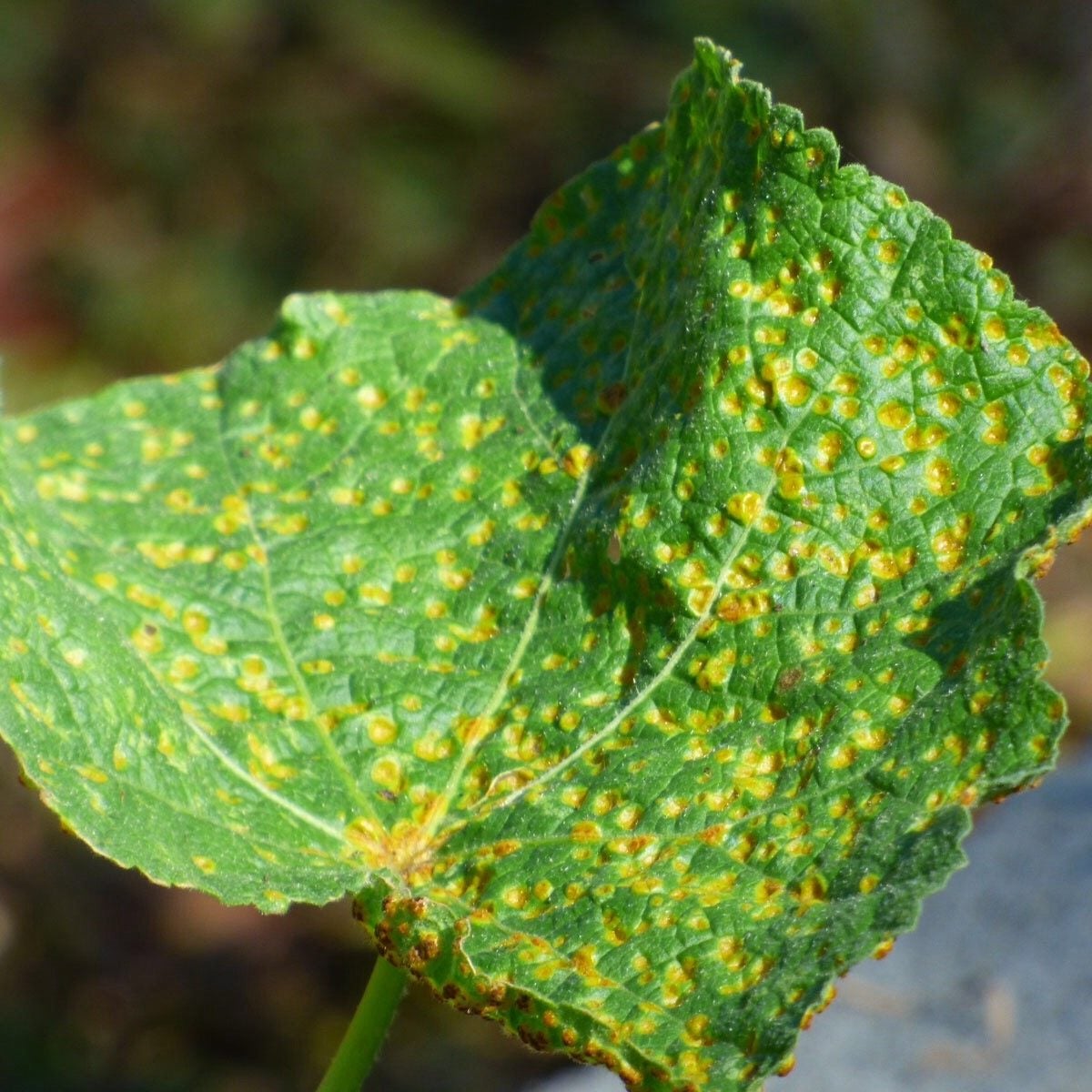Hollyhock Rust Treatment: How To Control Hollyhock Rust In Gardens


If you've ever tried growing hollyhocks in a hot, humid climate you've probably seen it—leaves with yellow spots on top and reddish brown pustules on the undersides that indicate hollyhock rust. If so, we have a few things for you to try before you despair of ever growing this lovely cottage flower successfully. Find out how to control hollyhock rust in this article.
What is Hollyhock Rust?
Caused by the fungus Puccinia heterospora, hollyhock rust is a disfiguring disease that infects members of the Alcea (hollyhock) family. It begins as yellow spots on top of the leaves with rusty pustules on the undersides. Over time the spots can grow together and destroy large sections of the leaves, causing them to die and drop off. At this point, the stems may also develop spots. Although the plant may not die, you may want to put hollyhocks with rust fungus out of their misery because of the severe disfigurement. Does hollyhock rust spread to other plants? Yes, it does! It only spreads to other members of the Alcea family, so most of your other garden plants are safe. There are mallow weeds that are members of the family that can act as a host reservoir for the disease, so it's best to keep weeds away from hollyhocks.
Treating Hollyhocks with Rust
Hollyhock rust disease occurs anywhere you find hot, humid temperatures. This is especially true in the southeast where these conditions persist throughout most of the summer. Below are some hollyhock rust treatments to try. Bear in mind that you'll have more success if you employ several of these strategies at once.
- When you first notice rust spots, pick off the leaves and either burn them or seal them in a plastic bag and discard them.
- Keep the soil around the plants free of debris, and keep the garden weed free.
- Spread a thick layer of mulch under the plants to prevent last year's spores from re-emerging.
- Water the soil rather than the leaves. If possible, use a soaker hose so the soil won’t splatter onto the leaves. If you must use a spray of water, direct the spray to the ground and water early in the day so that the leaves that get wet will dry completely before sundown.
- Make sure the plants have good air circulation. They look great growing up against a wall, but the air can't circulate around them, and moisture builds up.
- Cut down hollyhock plants at the end of the season and burn or bury the debris.
- Use fungicides if necessary. Chlorothalonil and sulfur are good choices. Apply them every seven to ten days or more often if it rains.
Sign up for the Gardening Know How newsletter today and receive a free copy of our e-book "How to Grow Delicious Tomatoes".

Jackie Carroll has written over 500 articles for Gardening Know How on a wide range of topics.